Cincinnati’s Black history is rich and multifaceted, reflecting the struggles and triumphs of African Americans in the Queen City
Cincinnati’s Black history is rich and multifaceted, a narrative woven from the struggles and triumphs of African Americans in the Queen City. Black Cincinnatians have played a vital role in shaping its cultural tapestry, economic landscape, and social fabric from the city’s earliest days. The Black community grew over time, with free individuals seeking opportunity and those escaping enslavement finding refuge in the burgeoning city.
Despite facing persistent obstacles like discriminatory laws and segregation, Cincinnati’s Black residents persevered with remarkable resilience. Their enduring contributions continue to enrich the city’s vibrant cultural scene, evident in everything from music and art to food and literature. Their fight for social justice and equality left a lasting legacy, inspiring future generations.
Significant milestones mark Cincinnati’s Black history
The Underground Railroad, a network of safe houses and routes, helped many enslaved people find freedom in the city. The Black Brigade, an all-Black Union regiment formed during the Civil War, played a crucial role in defending Cincinnati. The early 19th century also saw the enactment of Black Codes, a series of discriminatory laws that restricted the freedoms of Black residents. The fight against these injustices became a cornerstone of the Black community’s ongoing pursuit of equality.
Influential figures also enrich Cincinnati’s Black community
Pioneering painter Robert S. Duncanson, known for his breathtaking landscapes, captured the beauty of the natural world. Educator and activist Theodore M. Berry championed equal educational opportunities, paving the way for future generations. Writer and politician William P. Dabney advocated for Black political participation, ensuring a stronger voice for the community. These are just a few of the many inspiring individuals who have shaped Cincinnati’s Black legacy.
Embark on a journey through time
The following timeline highlighting significant moments and influential figures in Cincinnati’s Black history is just a starting point. Delve deeper by visiting local museums and historical societies or exploring online resources dedicated to Black history in Cincinnati.
SLAVERY & THE AMERICAN REVOLUTION
In 1776, the African American population in the thirteen American colonies totaled approximately 500,000, with 90 percent of them enduring enslavement. Despite this oppression, this period witnessed the emergence of early African American leaders and activists, and their participation in the American Revolution laid the groundwork for discussions about liberty, equality, and human rights, shaping subsequent movements and the ongoing struggle for freedom.
Enslaved Africans faced complex choices as they navigated between loyalty to America or seeking freedom by siding with the British, who promised emancipation to those who fought on their behalf. The Slave Enlistment Act of 1778 stipulated that any enslaved person accepted to the 1st Rhode Island Regiment, widely regarded as the first Black battalion in US military history, be “immediately discharged from the service of his master or mistress, and be absolutely free.”
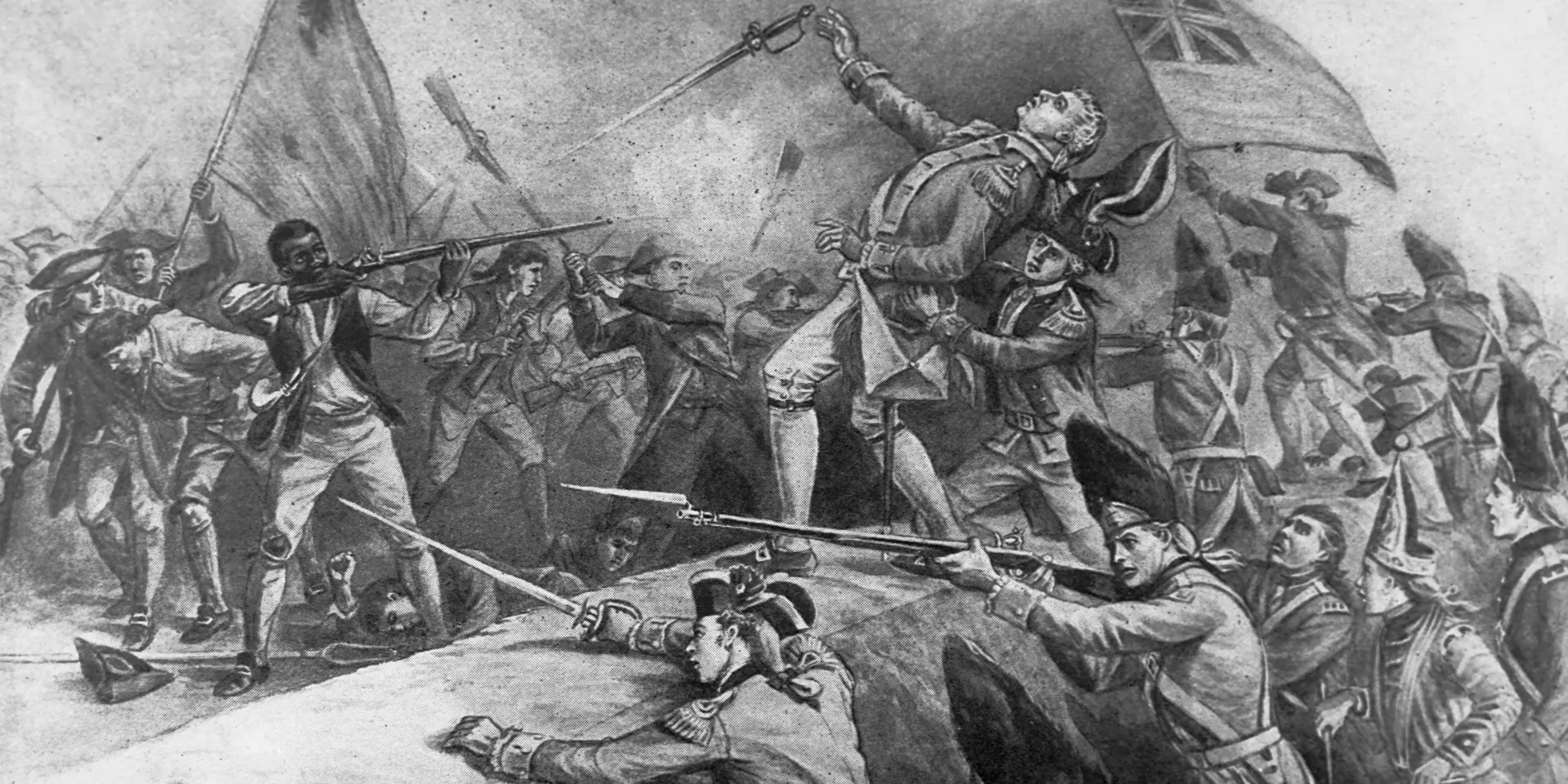
1788
Cincinnati was founded across the Ohio River from the slave-allowing state of Kentucky.
- Despite the prohibition of slavery before the Civil War, certain aspects of Cincinnati’s history remained inhospitable to Black residents.
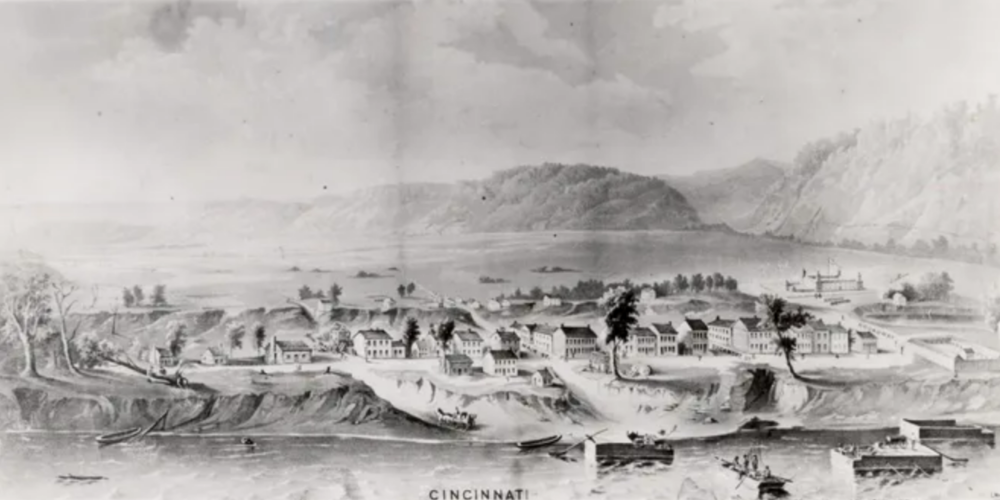
1804
One year after Ohio became a state, the legislature adopted the “Black Codes.”
- These laws aimed to restrict freed slaves from entering the state.
- Black individuals entering Ohio were required to pay a $500 bond for good behavior and provide court papers proving their freedom.
- While these laws were loosely enforced in northern Ohio, they were strictly enforced in Cincinnati.
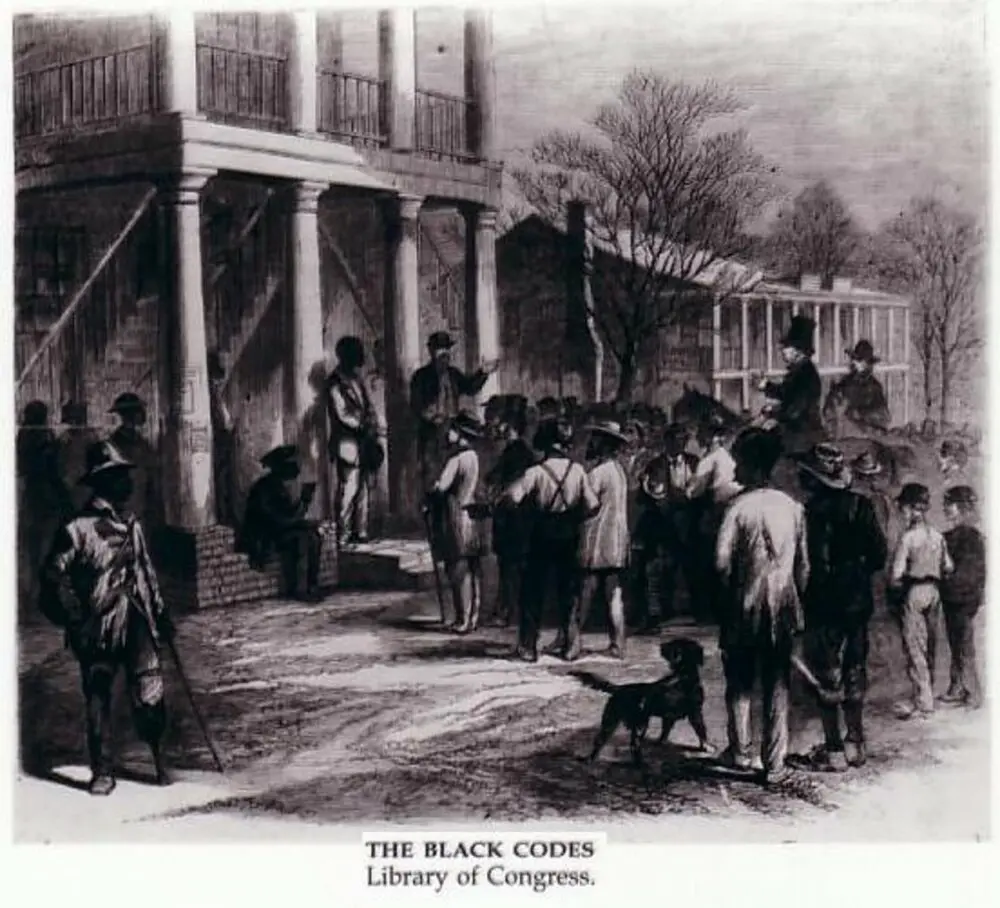
1809
Pastor William Allen organized the first African American church in Cincinnati.
- Located at the corners of 6th and Culvert Street, it became an early station of the Underground Railroad.
- Despite being burned and rebuilt thrice (1812–1815), its history symbolizes resilience.
- In 1824, the Allen Temple African Methodist Church was founded, becoming Ohio’s second all-Black and first nationally affiliated Black church, and it remains one of the largest AME churches in Cincinnati.
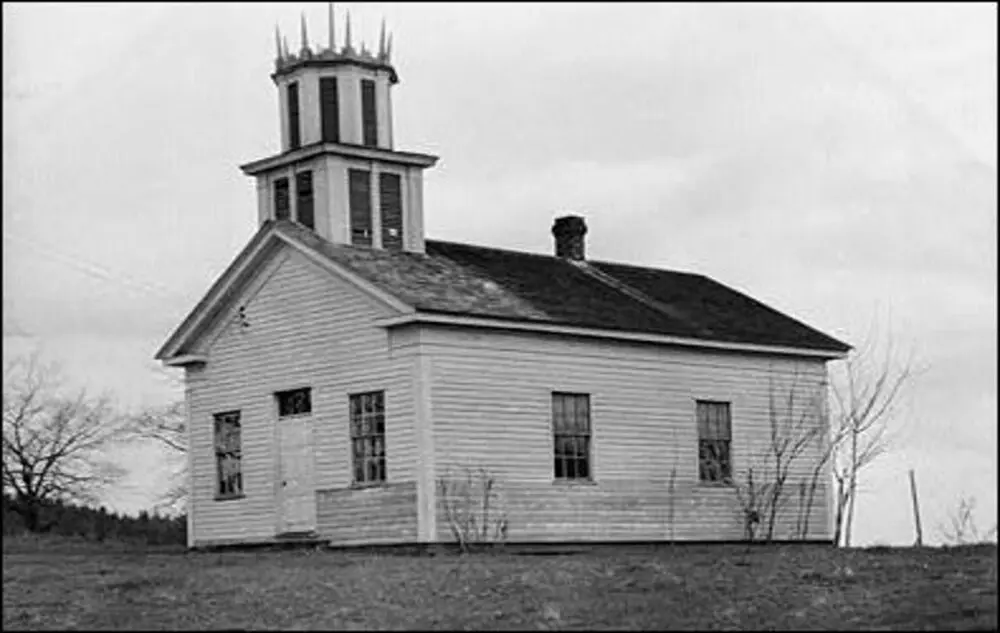
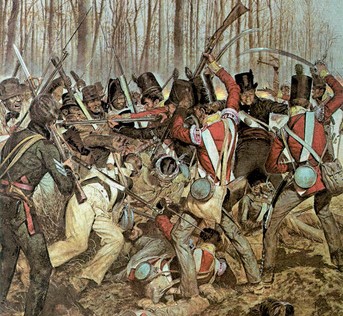
WAR OF 1812 (1812-1815)
The War of 1812, a pivotal conflict between the United States and Great Britain, saw African Americans fighting on both sides, with some seeking freedom by joining the British forces who promised emancipation, while others served in the American military in hopes of securing their rights as citizens.
Photo Credit: USAF, Public domain
1829
Thousands of Black residents leave the city and seek refuge in Canada.
- Fueled by riots instigated by whites targeting Black citizens.
- Established the Wilberforce Colony.
Photo Credit: BlackPast.org
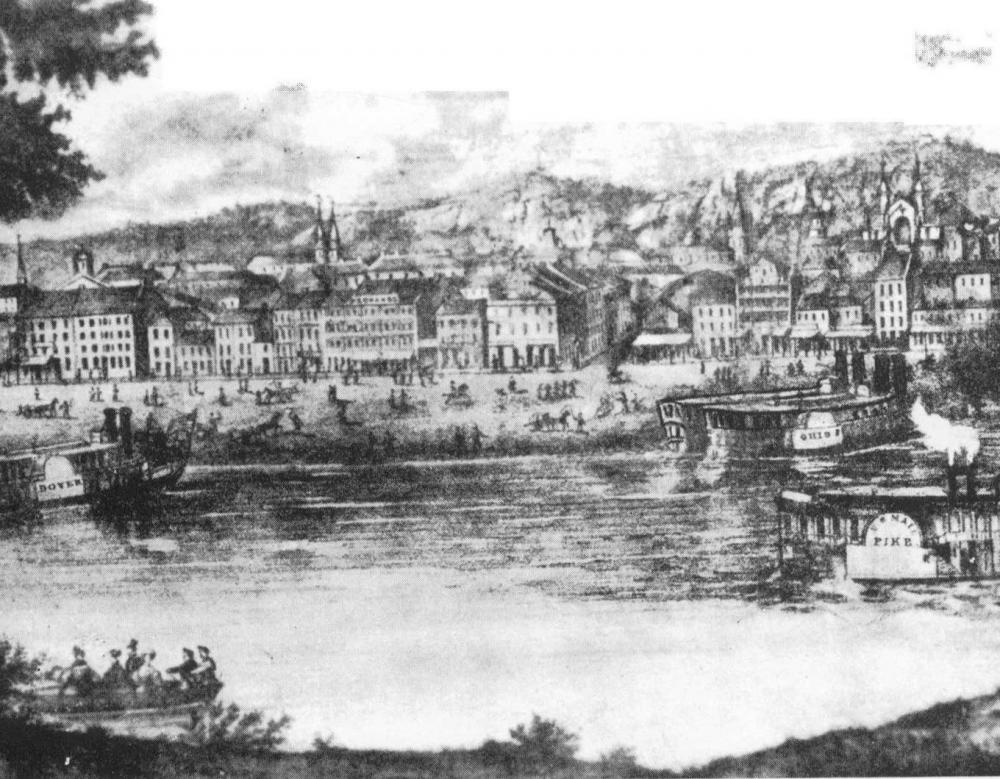
1840
Robert Scott Duncanson, a free Black man, arrived in Cincinnati.
- He taught himself to paint and became the first African American artist to gain international fame.
- Duncanson’s artistic journey took him to Canada, Italy, Scotland, and England, where Queen Victoria acquired one of his paintings.
- Patrons can view his murals at the Taft Museum of Art in Cincinnati, Ohio.
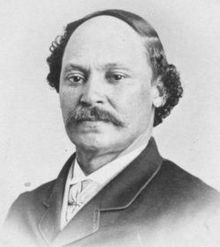
1841
A devastating riot erupted in Cincinnati, marking one of the worst in American history.
- White dockworkers, primarily of Irish descent, attacked Black residents, believing they were taking their jobs.
- Tragically, 56 people lost their lives, and over 200 were injured.
- For the first time, the Black community united and elected Major J. Wilkerson, a mulatto, as their leader.
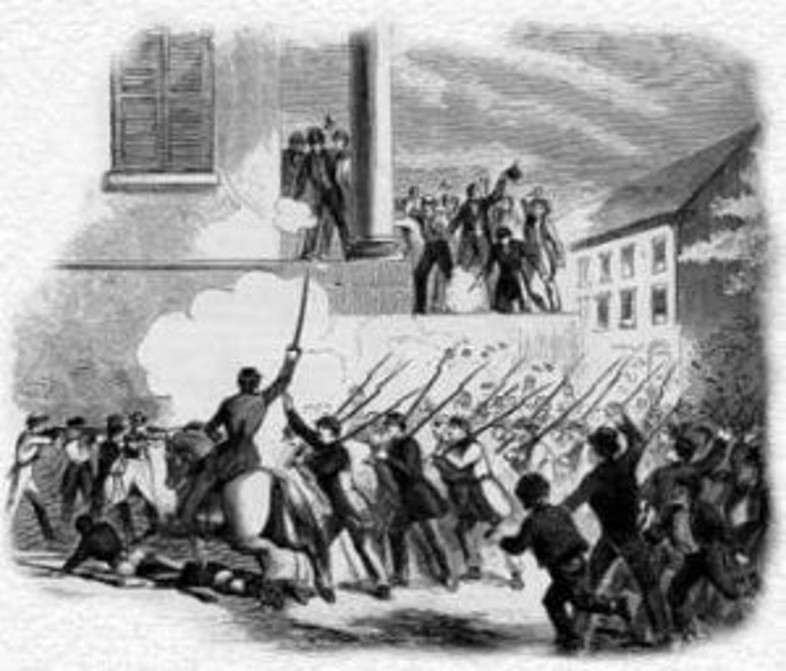
1844
Gilmore High School, the first private high school for Black students in Cincinnati, opened its doors.
- The Gilmore School, a community hub, fostered solidarity among Cincinnati’s African Americans through cultural events, social gatherings, and organizing.
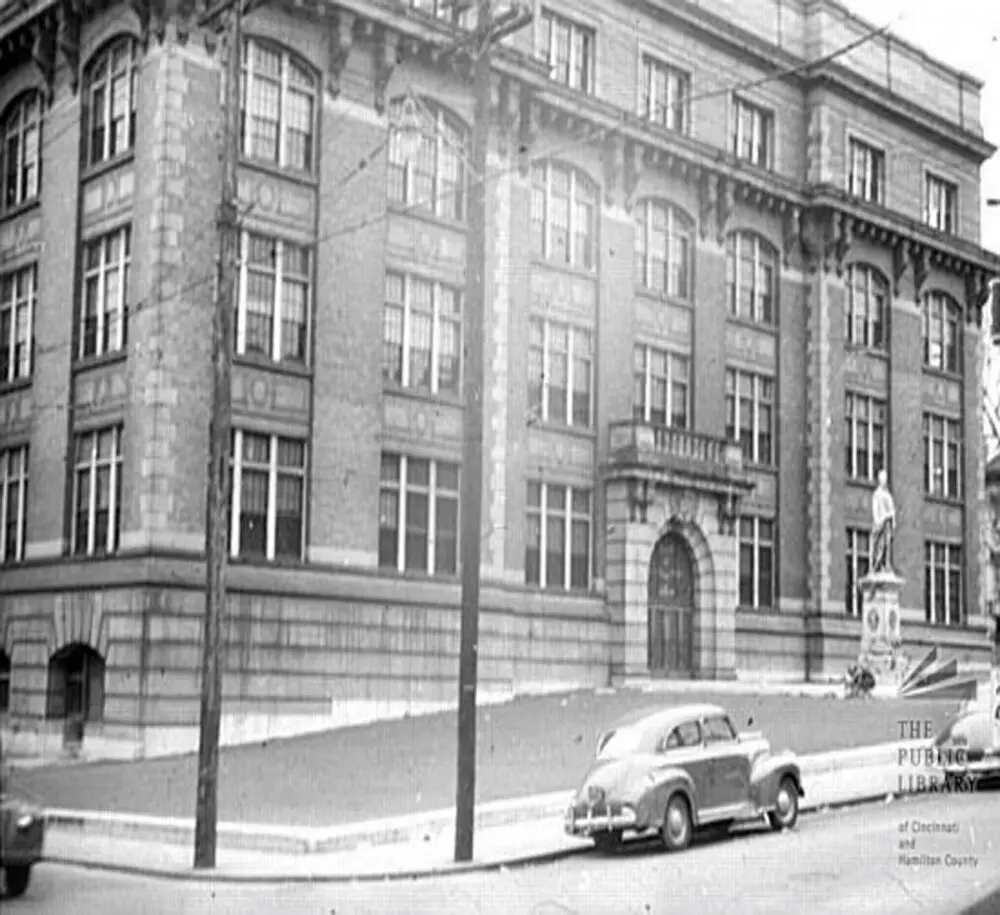
1850
Tensions in race relations escalated after the passage of the Fugitive Slave Act.
- This act allowed for the return of escaped slaves from one state to another.
- In 1856, the Garner family, including Margaret Garner, faced arrest in Cincinnati.
- Margaret and her family had escaped slavery to Cincinnati but were subsequently subdued.
- Tragically, rather than see her children returned to slavery, Margaret killed her 3-year-old daughter and injured her other children.
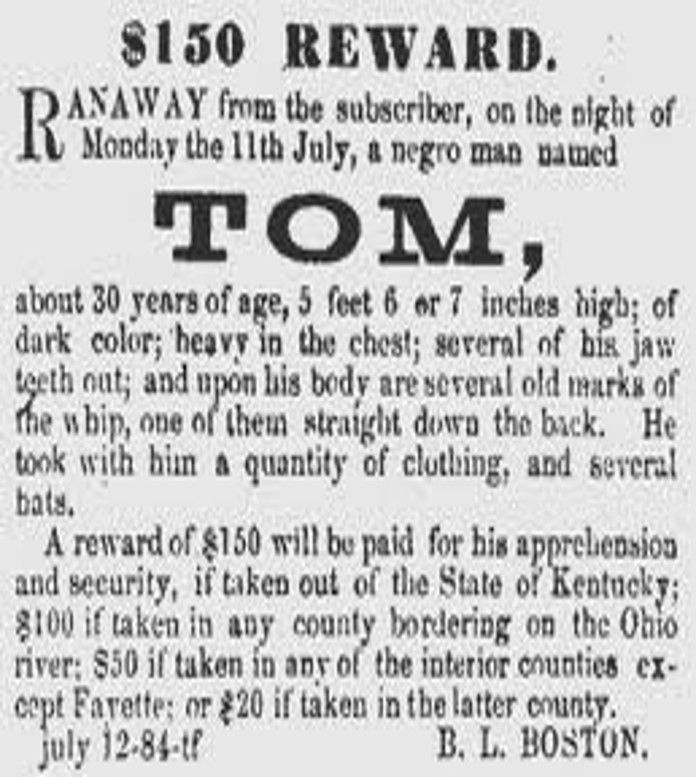
1852
The Cincinnati Independent Colored School System was established.
- Funded by tax dollars from Black property owners, it aimed to provide education for Black students.
- Peter Humphries Clark, an African American Socialist and grandson of William Clark from the Lewis and Clark Expedition, became the first teacher and superintendent.
- Clark advocated for an all-Black high school, and when Gaines High School opened in 1866, he left his superintendent position to become its principal.
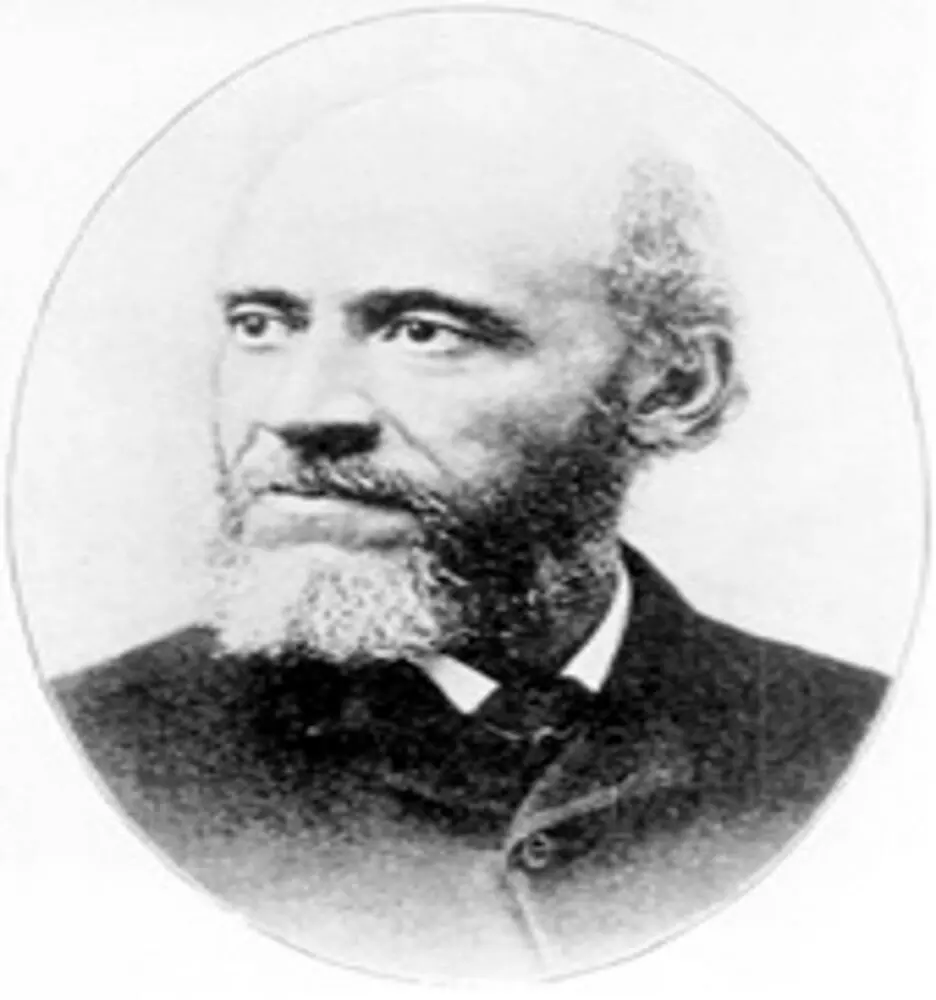
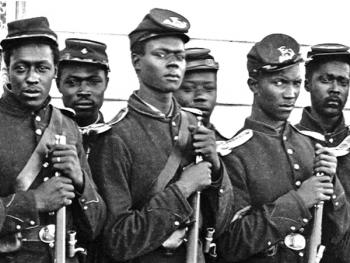
CIVIL WAR (1861 – 1865)
The Civil War, a bloody conflict fought over issues of slavery and states’ rights, marked a critical turning point for African Americans, as it ultimately led to the abolition of slavery and the beginning of a long struggle for civil rights and equality.
Photo Credit: Weebly.com
1862
“The Black Brigade,” one of the early all-black military units in the Civil War, is formed in Cincinnati and works throughout the war building fortifications and roads and doing guard duty.
- Despite vital contributions, the Black Brigade faced discrimination and was not recognized until 1869, when Cincinnati compensated them.

EMANCIPATION (1863-1865)
Emancipation marks a watershed moment in American history, heralding the end of legal slavery with President Abraham Lincoln’s issuance of the Emancipation Proclamation in 1863. This pivotal decree freed millions of enslaved Africans in Confederate states and laid the groundwork for the eventual passage of the 13th Amendment to the US Constitution.
The Emancipation period ushered in a new era of hope and liberation for African Americans. Juneteenth, celebrated on June 19, commemorates the belated announcement of emancipation to enslaved Africans in Texas in 1865, emphasizing the enduring struggle for freedom and equality.
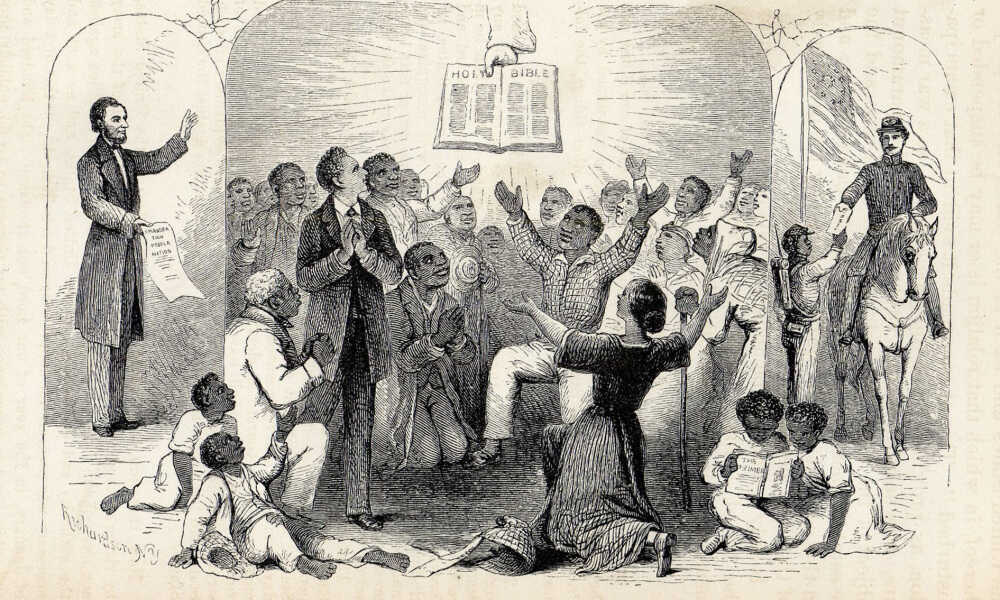
1869
Joseph Early made history by becoming the first African American elected to public office.
- He grew up in Walnut Hills and served as a constable.
- He was the third Black mail carrier to work for the US Post Office.
- Later, he became a ward boss, helping many Black residents secure employment.
Photo Credit: Generated with AI ∙ March 25, 2024 at 9:48 a.m.
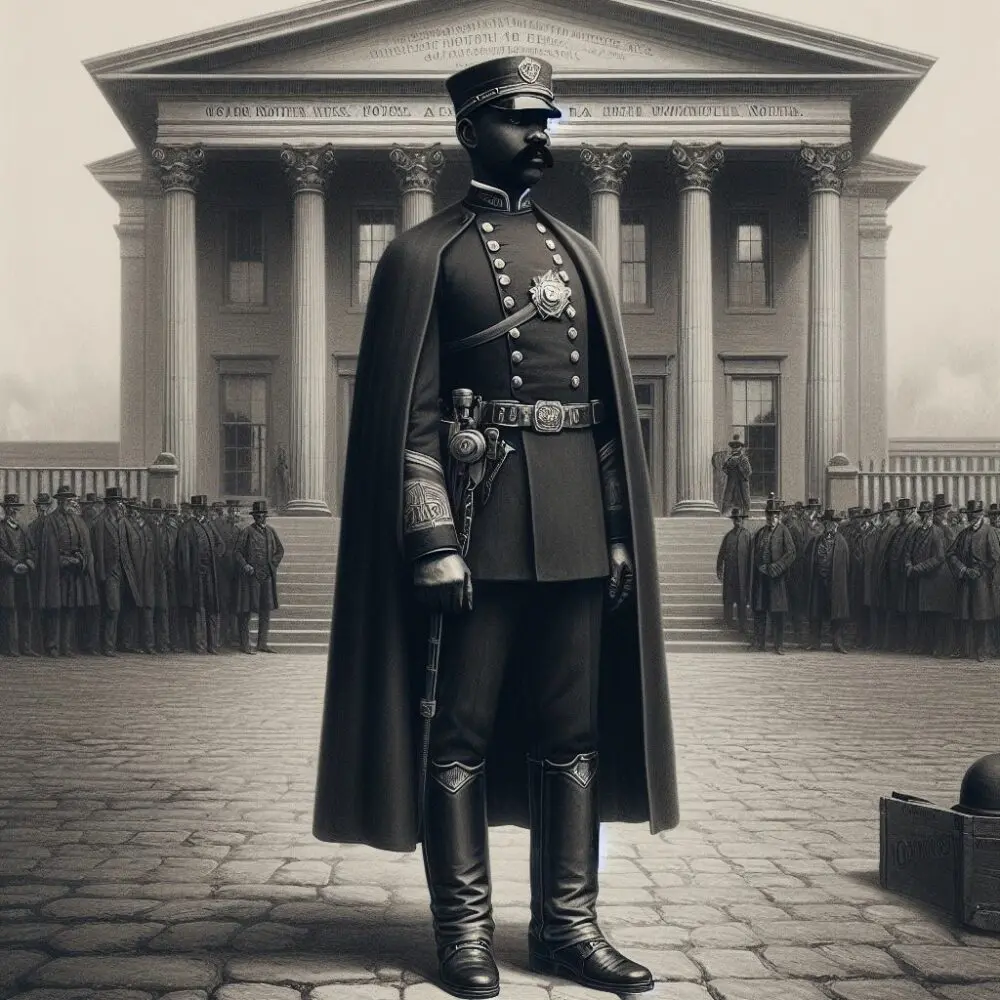
1874
William Hartwell Parham became the first African American male to graduate from the University of Cincinnati Law School.
- Parham was the principal of Cincinnati’s Black schools from 1866 to 1890.
- In 1896, he became the first Black man nominated to the Ohio Legislature.
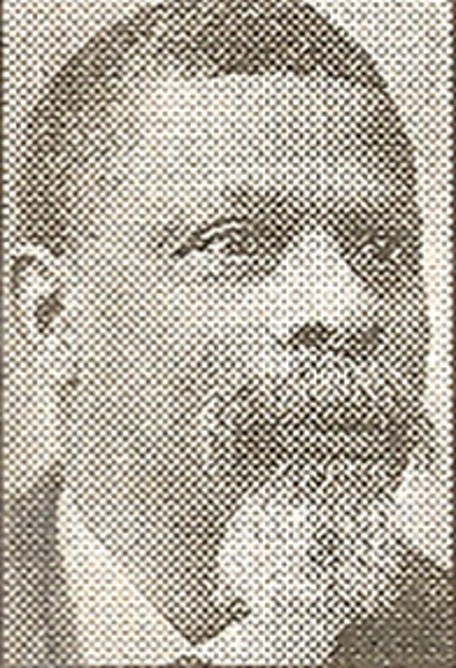
1887
Granville T. Woods, known as “The Black Edison,” settled in Cincinnati.
- He educated himself and was remarkably inventive.
- He held more than 60 patents, including one for a telegraph system that allowed moving trains to communicate with each other and train stations.
- His invention significantly improved railway efficiency and safety.
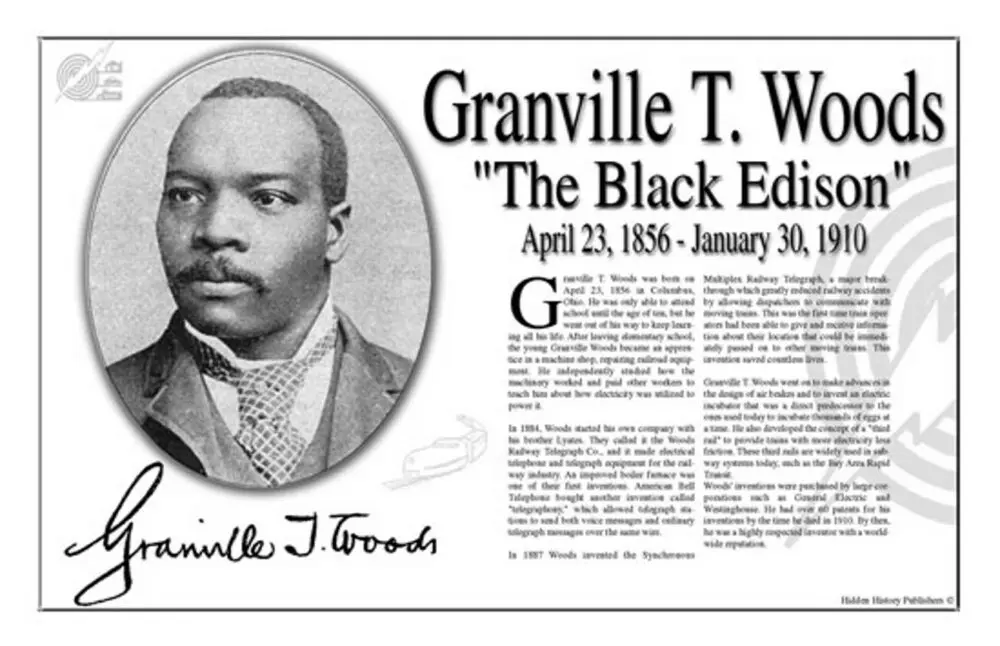
1905
Wendell P. Dabney, son of a Virginia slave, established The Union, a newspaper for Black Cincinnatians.
- The most influential African American newspaper, The Union, continued publication until he died in 1953.
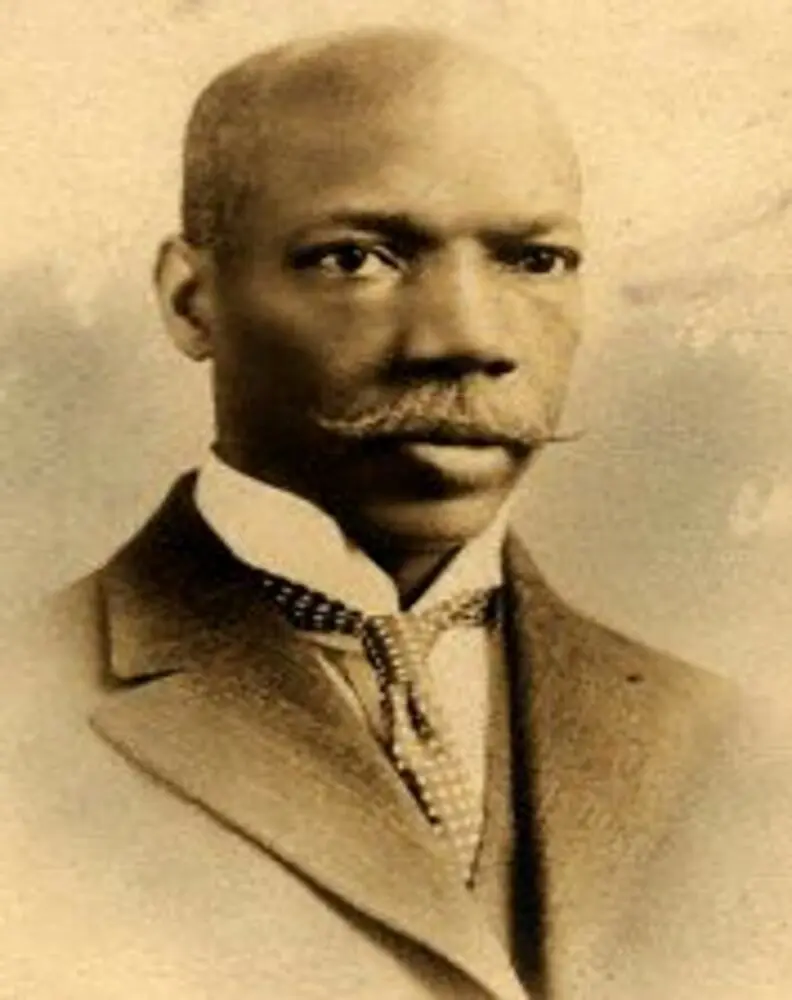
1908
Charles Henry Turner, a native of Cincinnati, earned a BS degree (1891) and an MS degree (1892) from the University of Cincinnati.
- He became a noted authority on the behavior of insects and was the first researcher to prove that certain insects can hear.
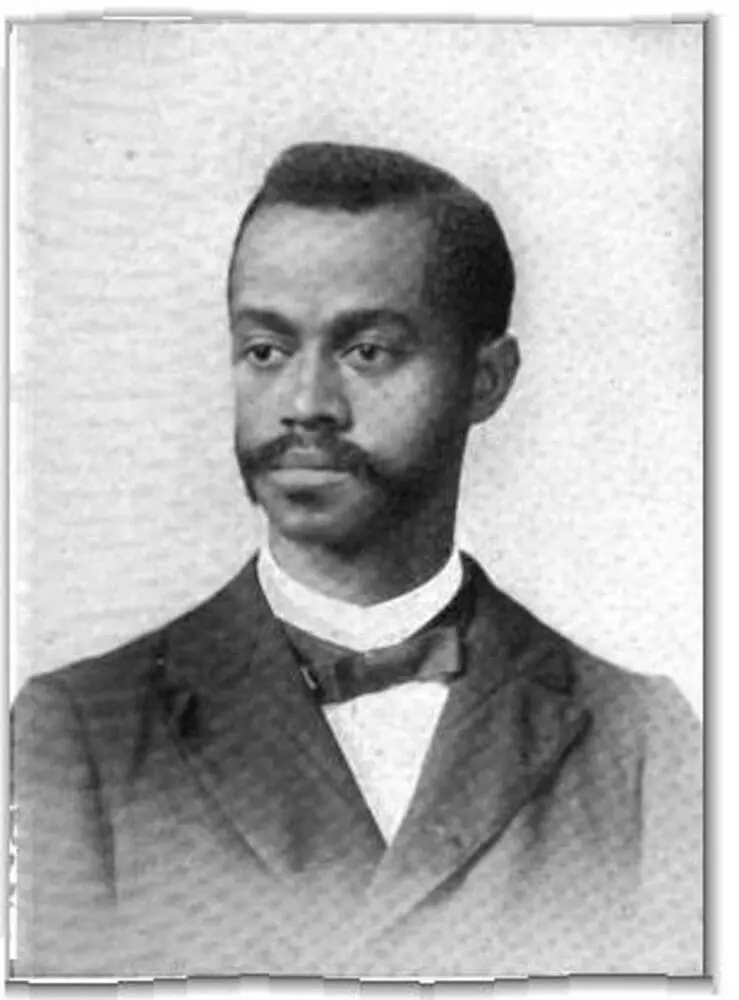
1911
Raymond Garfield Dandridge, born in Cincinnati in 1882, attended Hughes High School.
- Despite being paralyzed by polio at 29, he became an early 20th-century poet.
- His works were published between 1917 and 1928, and he is often compared to Paul Laurence Dunbar.
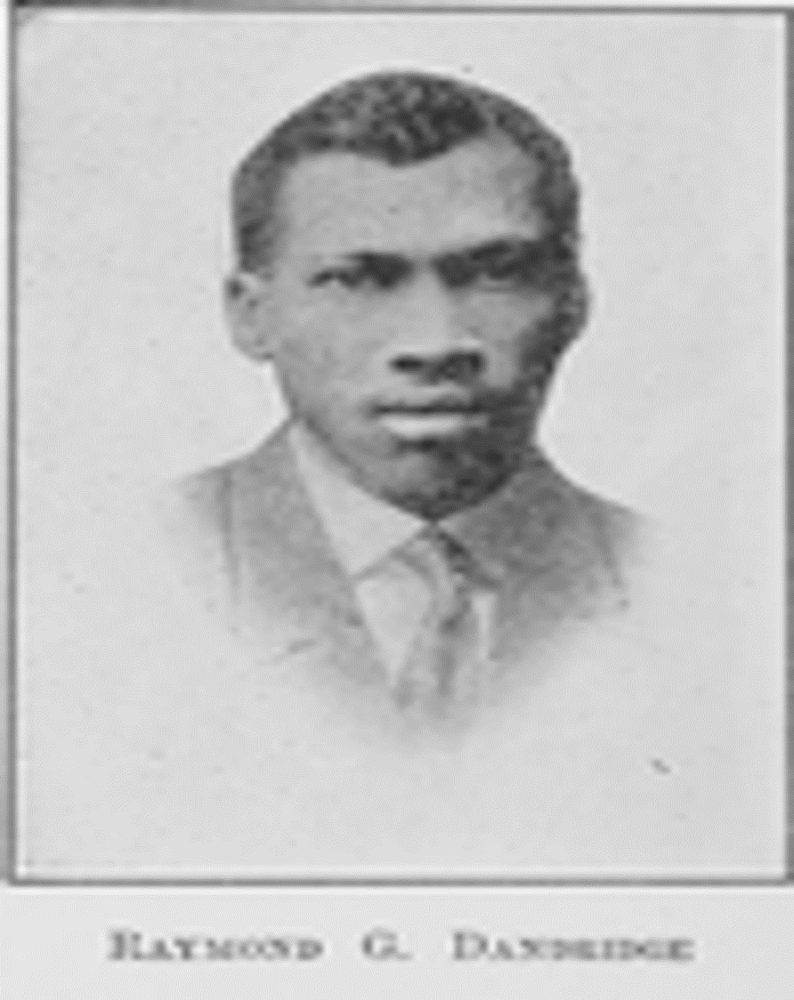
1912
Artie Matthews arranged the first published blues song, “Baby Seals Blues.”
- After moving to Cincinnati, he and his wife, Anna Howard, founded the Cosmopolitan School of Music, a music school for African Americans.
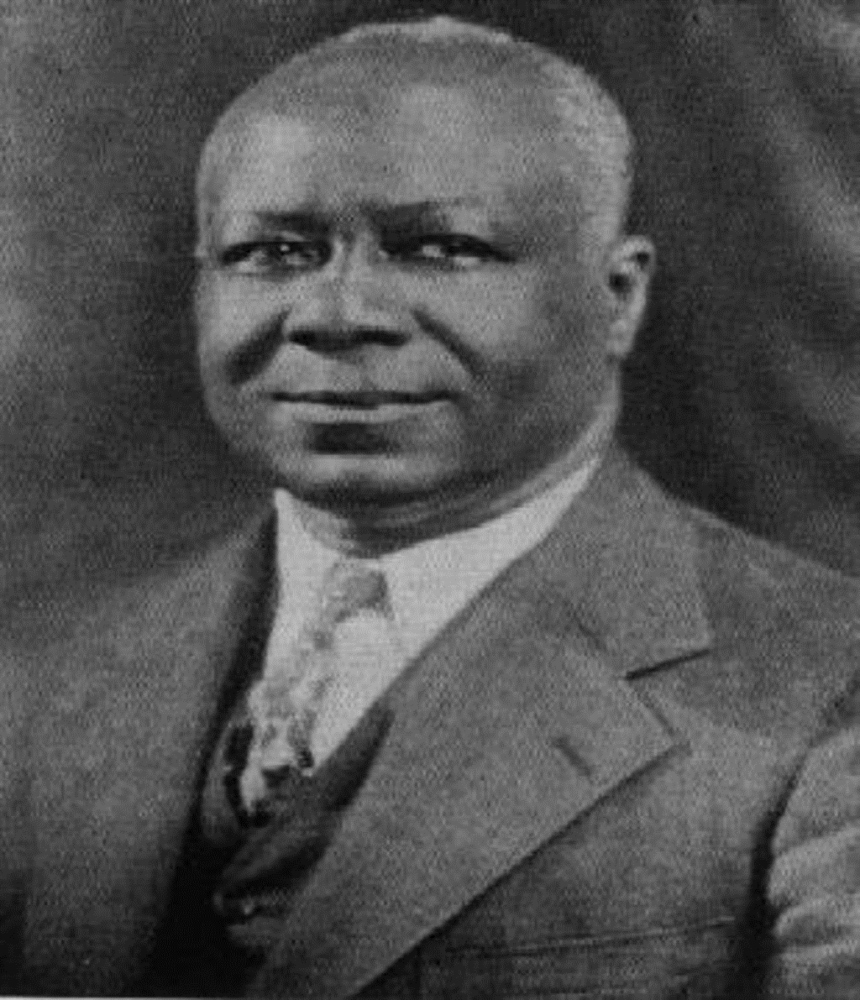

WORLD WAR I (1914-1918)
World War I, a global conflict marked by trench warfare and geopolitical upheaval, saw the involvement of African Americans who served in segregated units, contributing to the broader fight for civil rights upon their return home.
Photo Credit: The United States WWI Centennial Commission
1915
About 15 Cincinnatians, led by Wendell Dabney, established the Cincinnati chapter of the NAACP.
- This occurred only six years after W.E.B. Du Bois founded the national civil rights organization.
- The Cincinnati chapter was considered a radical group and initially held secret meetings in members’ homes.
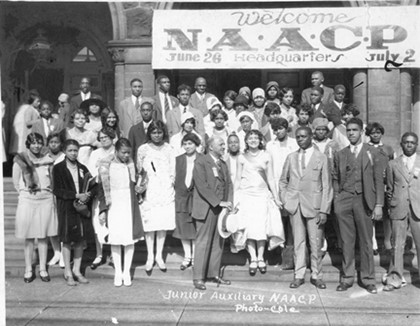
THE GREAT MIGRATION
The Great Migration symbolizes a monumental shift as African Americans left the rural South for the bustling cities of the North during the early to mid-20th century. Escaping the confines of racial segregation and seeking new prospects, they journeyed toward urban centers like Chicago, New York, Detroit, and Cincinnati.
This transformative migration altered America’s geographical and cultural fabric but sparked the Harlem Renaissance and new chapters of resilience and opportunity within African American communities.
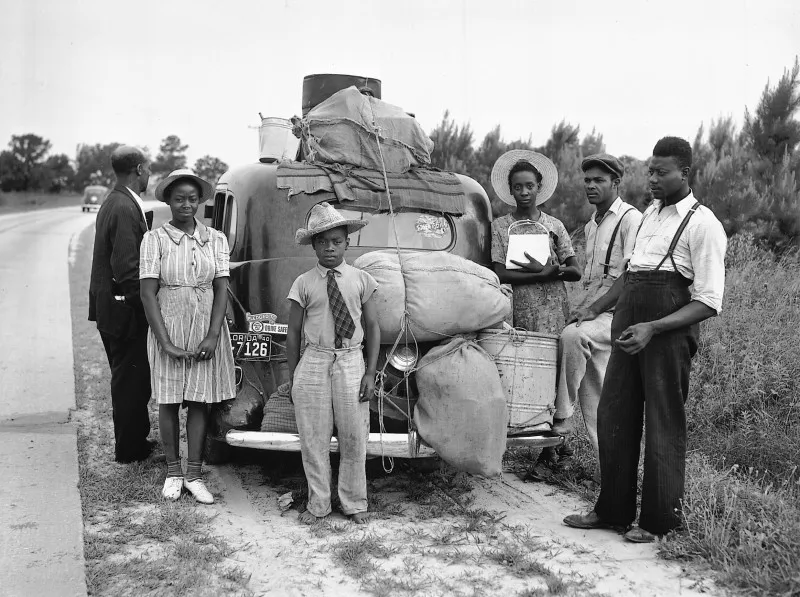
Blackthen.com
1924
William DeHart Hubbard, a product of Walnut Hills High School and the University of Michigan, became the first African American to win an Olympic gold medal for an individual performance at the 1924 Olympics in Paris, France.
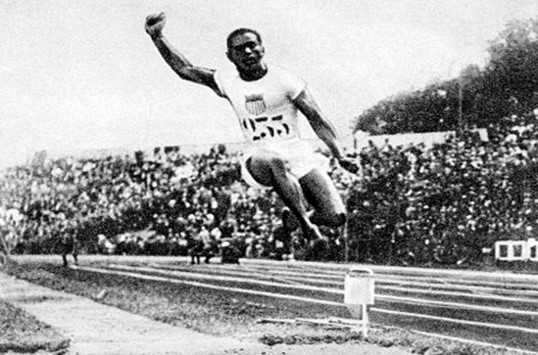
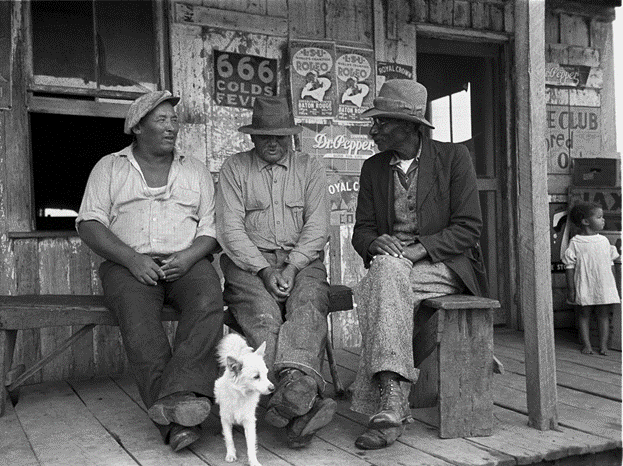
THE GREAT DEPRESSION (1929-1941)
The Great Depression, an economic catastrophe marked by widespread unemployment and poverty, disproportionately affected African Americans who faced systemic discrimination and were among the hardest hit by job losses and social deprivation.
Photo Credit:
Near Jeanerette, Louisiana. Wikimedia Commons
1931
Frank A. B. Hall, was one of the first Black police officers in Cincinnati and became the city’s first Black detective.
- As a Republican, Hall achieved another milestone by being elected to the Cincinnati City Council.
- His election was made possible by adopting proportional representation in 1927, facilitating minority representation.
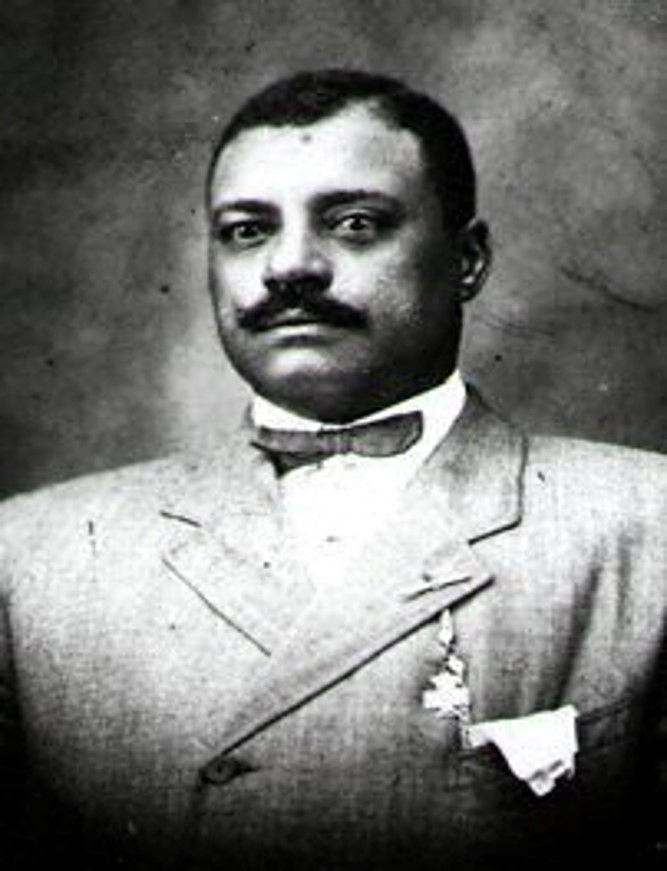
1935
Dr. Lucy Oxley, a graduate of Woodward High School, became the first African American woman to earn her medical degree from the University of Cincinnati.
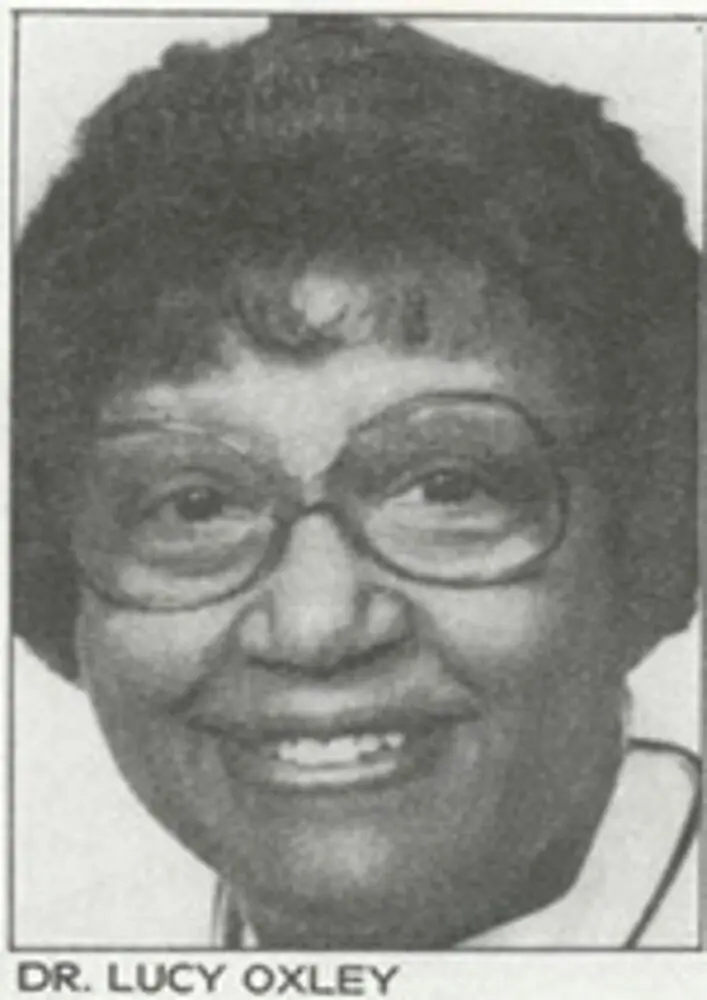
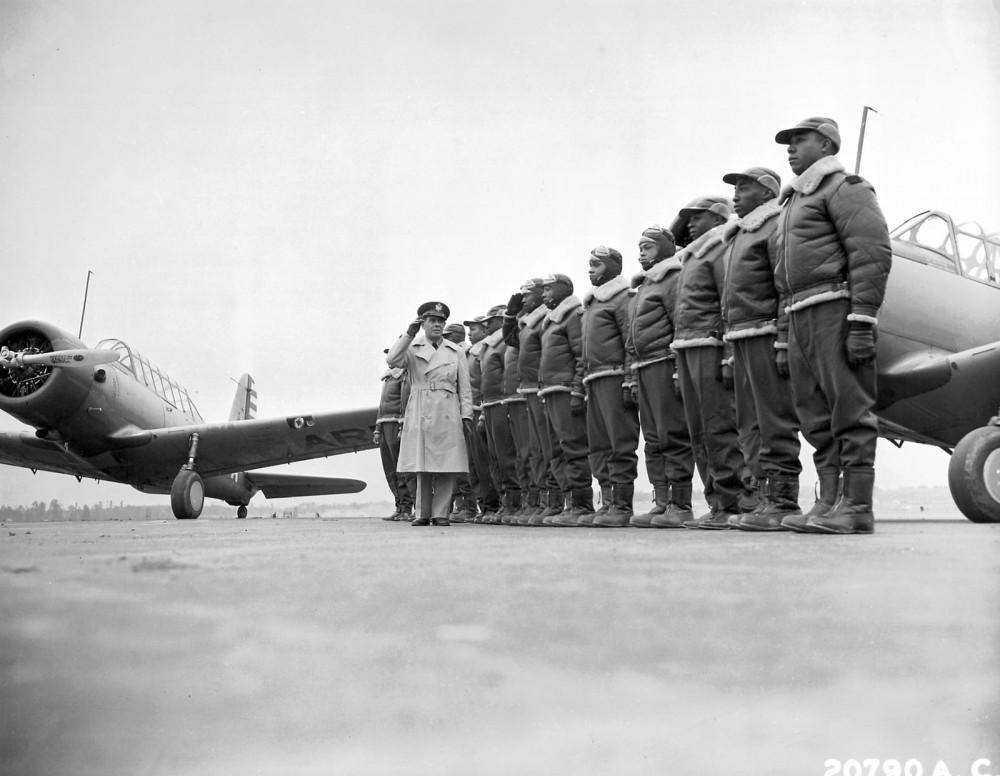
WORLD WAR II (1939-1945)
World War II, a monumental global conflict fought against fascism, saw African Americans serving in segregated units abroad while also fueling the civil rights movement at home, laying the groundwork for desegregation in the armed forces and broader society.
These are the Tuskegee Airmen from Cincinnati in alphabetical order:
- Edward Doram
- Newman Golden
- Benny Kimbrough
- John Leahr
- Nicholas Neblett
- Eugene Smith
Photo Credit: Photograph, 1941. Wikimedia.
1940
Young civil rights activist Fred Shuttlesworth moved to Cincinnati and became involved with the local NAACP chapter.
- Shuttlesworth began pastoring at Revelation Baptist Church in Cincinnati, using it as a base for civil rights organizing. He later founded and pastored the Greater New Light Baptist Church in the city in 1966.
- Though he later became renowned for his leadership in the Birmingham campaign against segregation in the 1960s, Shuttlesworth’s early work in Cincinnati laid the groundwork for his future civil rights achievements.
Photo Credit: pixels.com
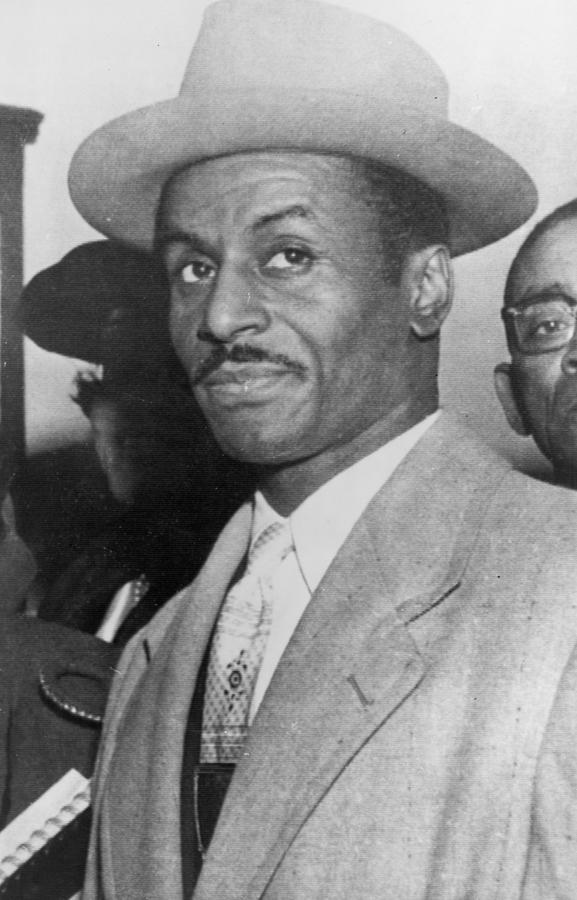
1948
Penn Zeigler became the president of Major Federal Savings and Loan, the first Black savings and loan institution in Cincinnati.
- In 1967, he won the mayoral election in Lincoln Heights.
- Zeigler’s civic accomplishments included active involvement in the Boy Scouts of America, where he earned the prestigious “Silver Buffalo” award.
- He was also the first African American to serve on Cincinnati’s Dan Beard Region Boy Scout Council.
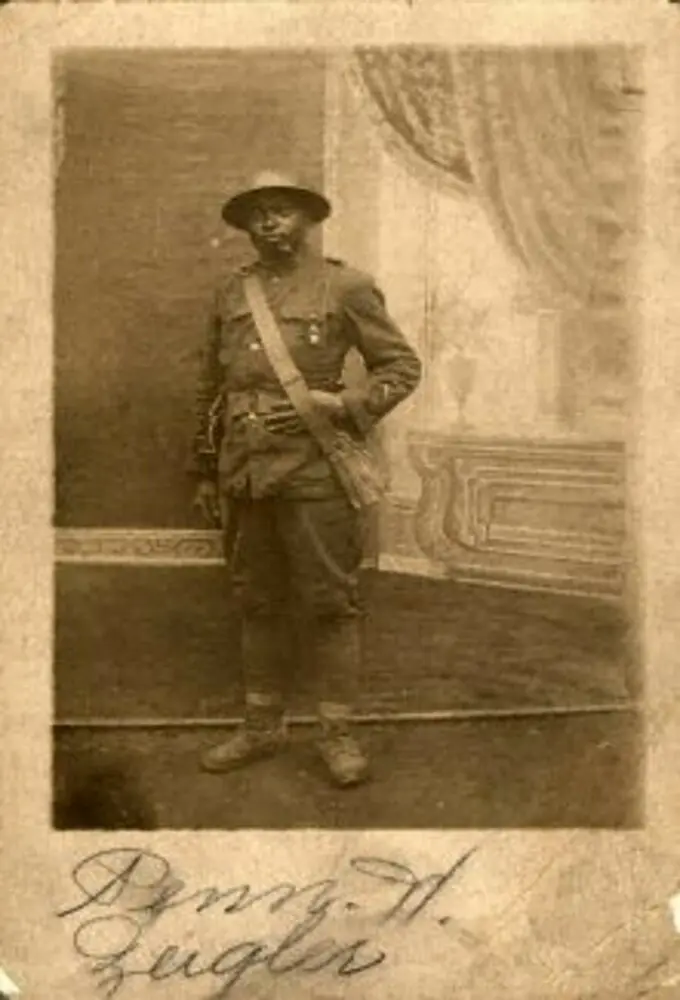
1948
The Urban League of Greater Cincinnati is established.
- The Urban League aimed to improve the Black population’s economic, social, educational, and cultural conditions.
- Early trustees included Ted Berry and William McClain.
Photo Credit: www.ulgso.org
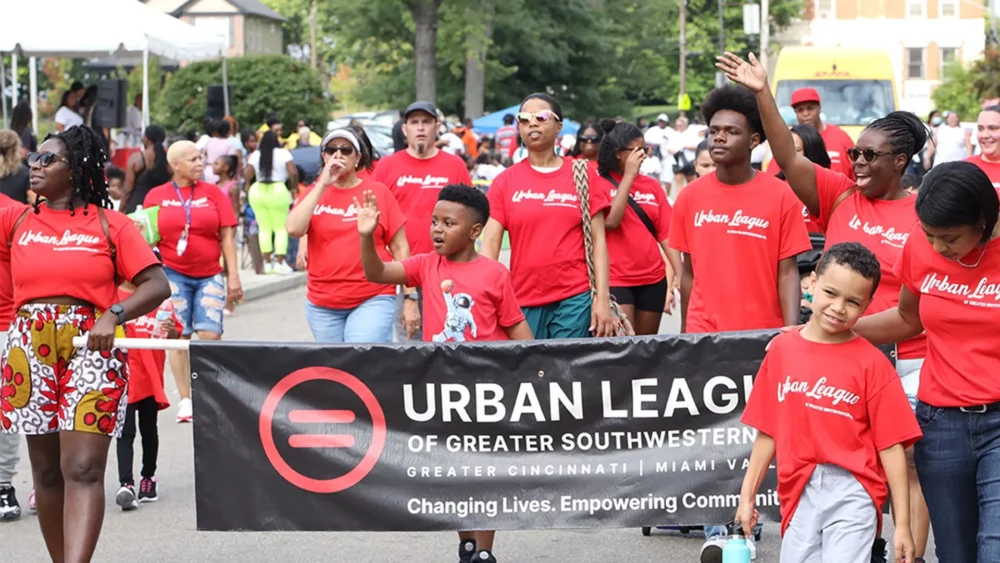
1949
Ezzard Charles, a Cincinnati native, became the first heavyweight boxing champion from the city.
- His achievements were later recognized by renaming Lincoln Park Drive to Ezzard Charles Drive.
- In 1990, Ezzard Charles was inducted into the International Boxing Hall of Fame.
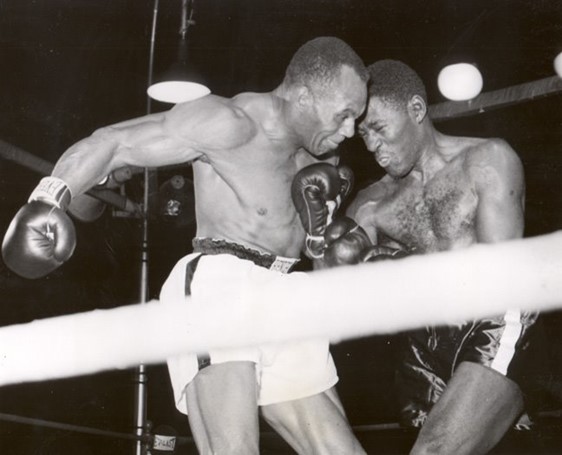
CIVIL RIGHTS MOVEMENT
The Civil Rights Movement sought to dismantle racial segregation and discrimination against African Americans in the United States. Led by prominent figures such as Martin Luther King Jr., Rosa Parks, and Malcolm X, the movement employed nonviolent protests, legal challenges, and grassroots organizing to demand equal rights and justice.
Landmark events such as the Montgomery Bus Boycott, the March on Washington, and the passage of the Civil Rights Act of 1964 paved the way for significant legislative reforms and societal shifts toward greater racial equality.
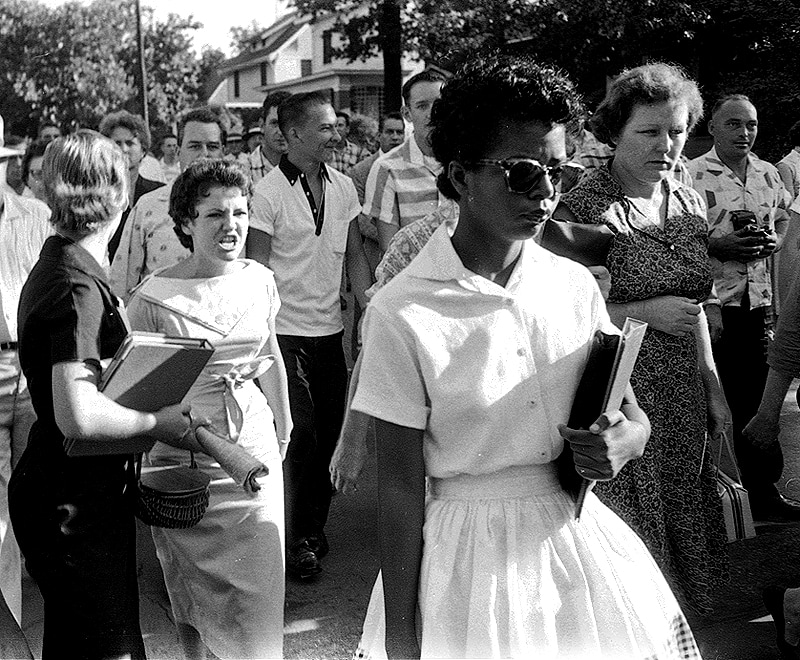
Elizabeth Eckford entering Little Rock Central High School, 1957
Wikimedia1952
NAACP activist Marian Spencer faced discrimination when told that her children would not be allowed to swim at a segregated pool.
- Despite Marian Spencer’s activism, areas like Sunlite Pool (a pool for Black residents) within Coney Island remained segregated until 1961, when black patrons were finally admitted after the NAACP won a case against Coney Island to integrate the pool and park.
- Marian Spencer became the first female president of the local chapter of the NAACP in 1981 and was the first Black woman elected to Cincinnati City Council.
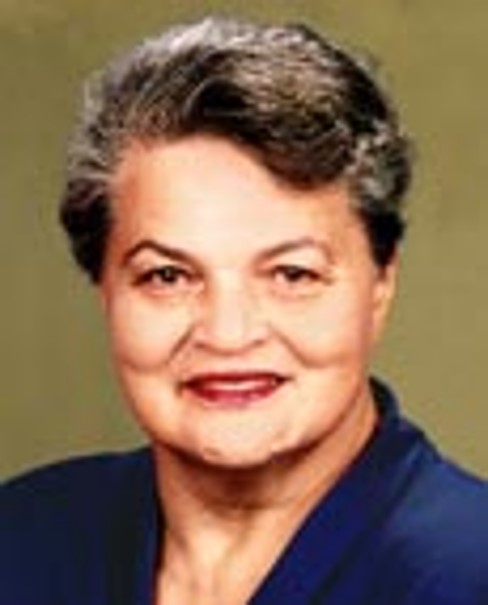
1954
Chuck Harmon broke barriers by becoming the first African American to join the Cincinnati Reds Baseball Club.
- He played both third base and outfield for the team.
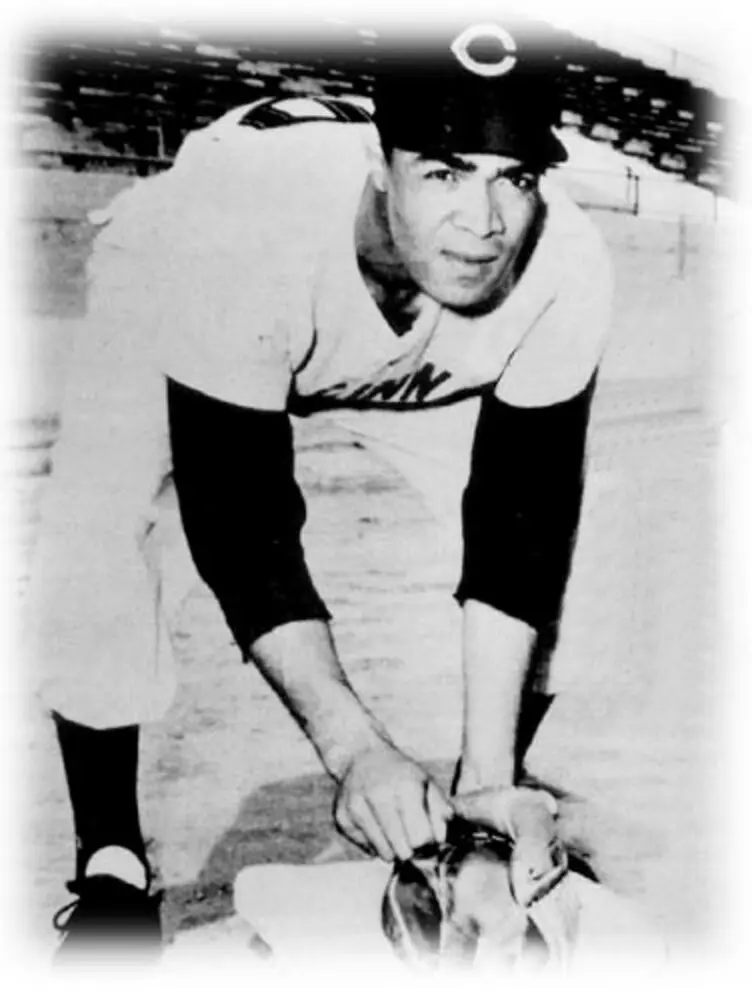
1957
Cincinnati replaced the proportional representation system for electing city council with an at-large system.
- Initiated by the local Republican party because they were concerned about having their first Black mayor.
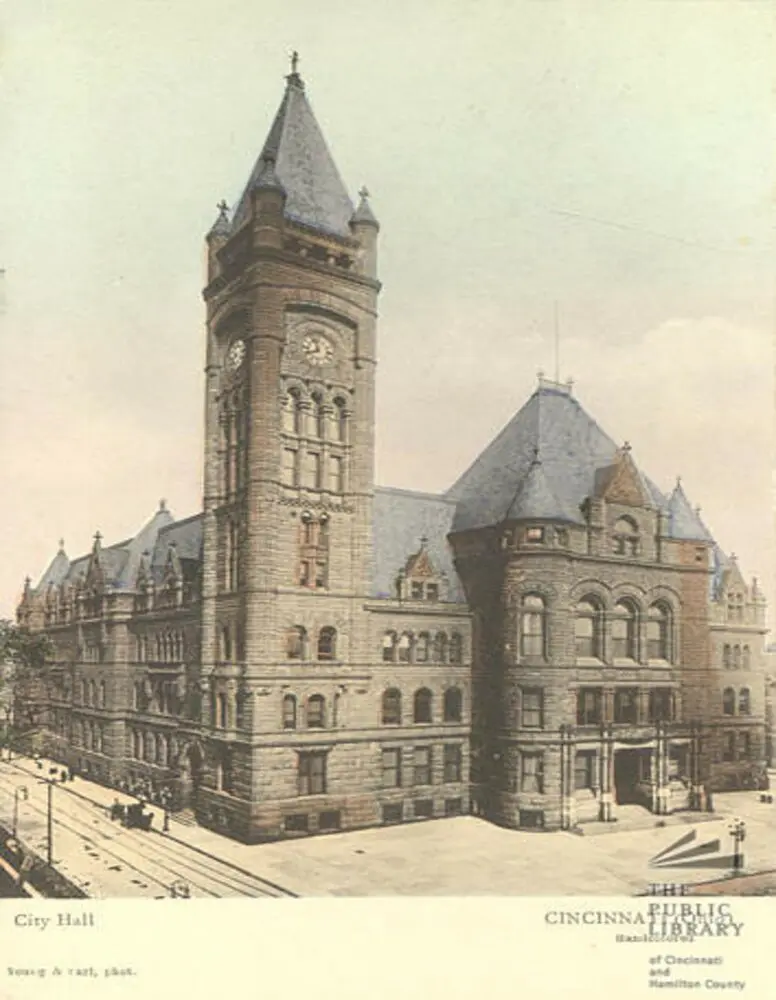

“I HAVE A DREAM” SPEECH (AUGUST 28, 1963)
MLK’s “I Have a Dream” speech, delivered during the March on Washington, was a pivotal moment in the Civil Rights Movement, articulating the aspirations of African Americans for equality and justice while galvanizing support for racial equity and societal change.
Photo Credit: Martin Luther King Jr. delivers his “I Have a Dream” speech, Aug. 28, 1963. (louisville.edu)
1963
William McClain became Cincinnati’s first city solicitor, making him the first African American in the United States to hold such a high municipal legal office.
- He also served as a Hamilton County Common Pleas Court Judge and Municipal Court Judge from 1975 to 1980.
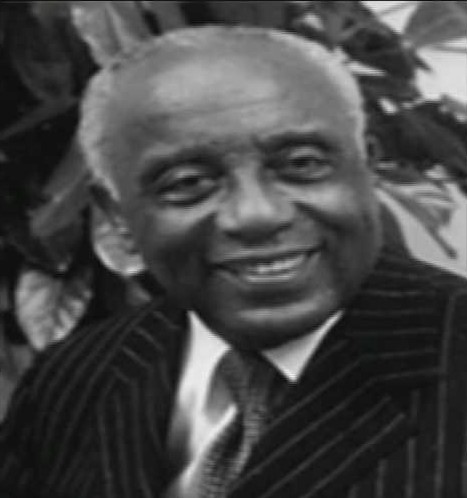
1965
Lawyer William Lovelace became Hamilton County’s first Black municipal court judge, appointed by Ohio Governor James Rhodes.
Photo Credit: Hamilton County Courthouse circa 1960s
(cardcow.com)
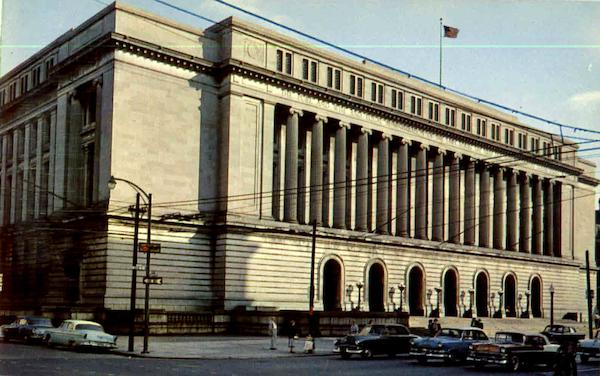
1967
Peter Frakes was arrested for “loitering” near the Abraham Lincoln statue in Avondale while picketing for his cousin’s innocence in a murder conviction.
- Incensed Black leaders organized a protest meeting that escalated into widespread rioting.
- Seven hundred Ohio National Guard soldiers intervened to restore order, leading to one fatality, 63 injuries, and 404 arrests.
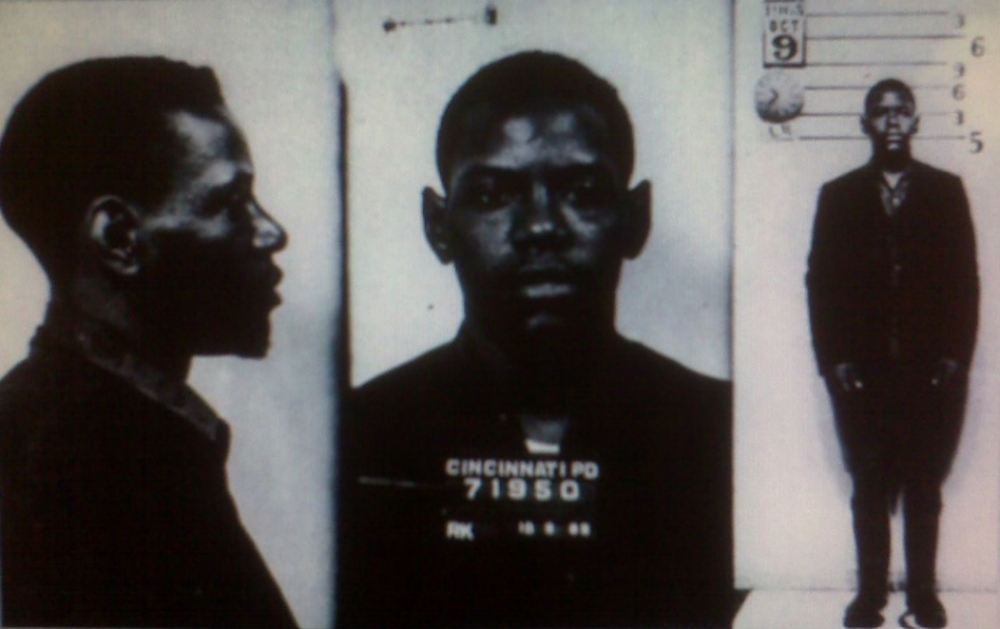
1972
Theodore Berry became Cincinnati’s first Black mayor during a time when the council chose the mayor.
- 1932, elected as president of the Cincinnati NAACP chapter.
- 1938, appointed as the first Black assistant prosecuting attorney for Hamilton County.
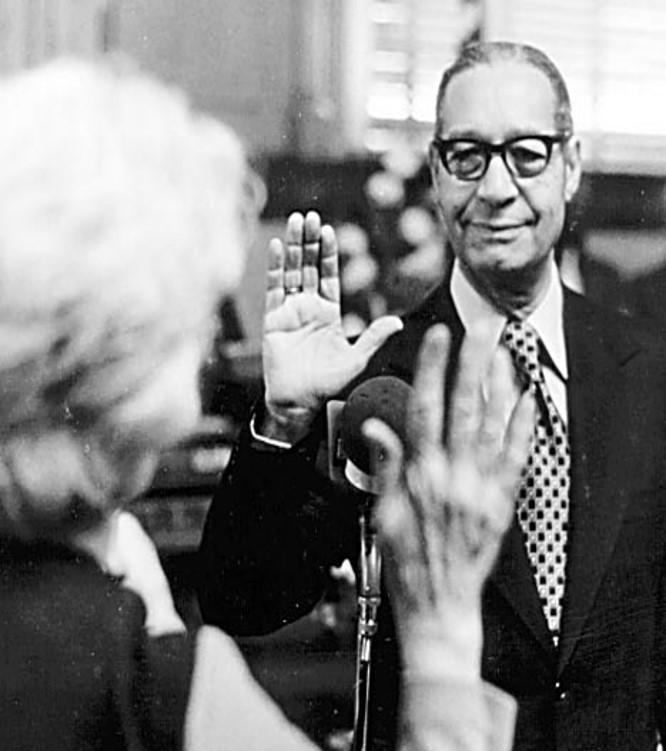
1974
The NAACP went to federal court to desegregate Cincinnati Public Schools.
Photo Credit: Getty Images
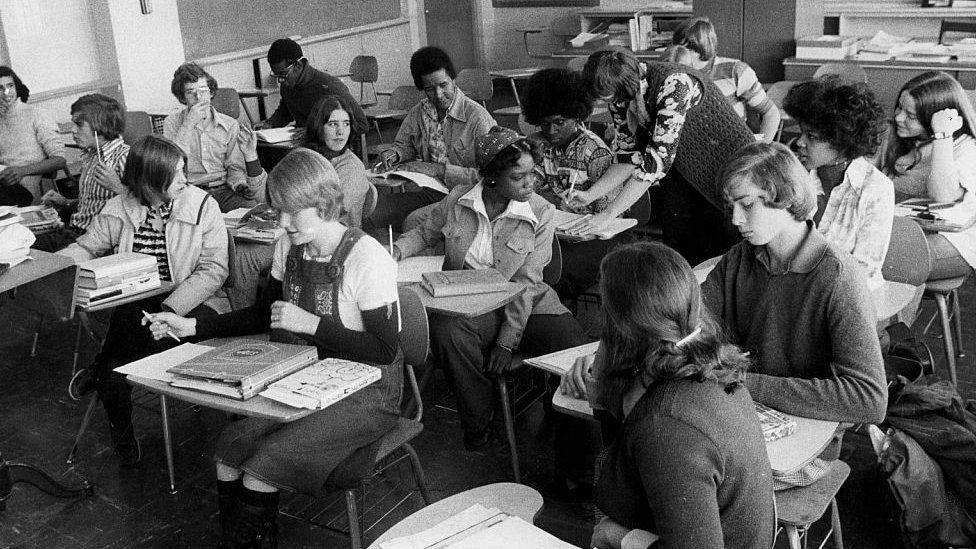
1991
Under the “top vote-getter” system of choosing the mayor, Democrat Dwight Tillery became Cincinnati’s first popularly elected Black mayor.
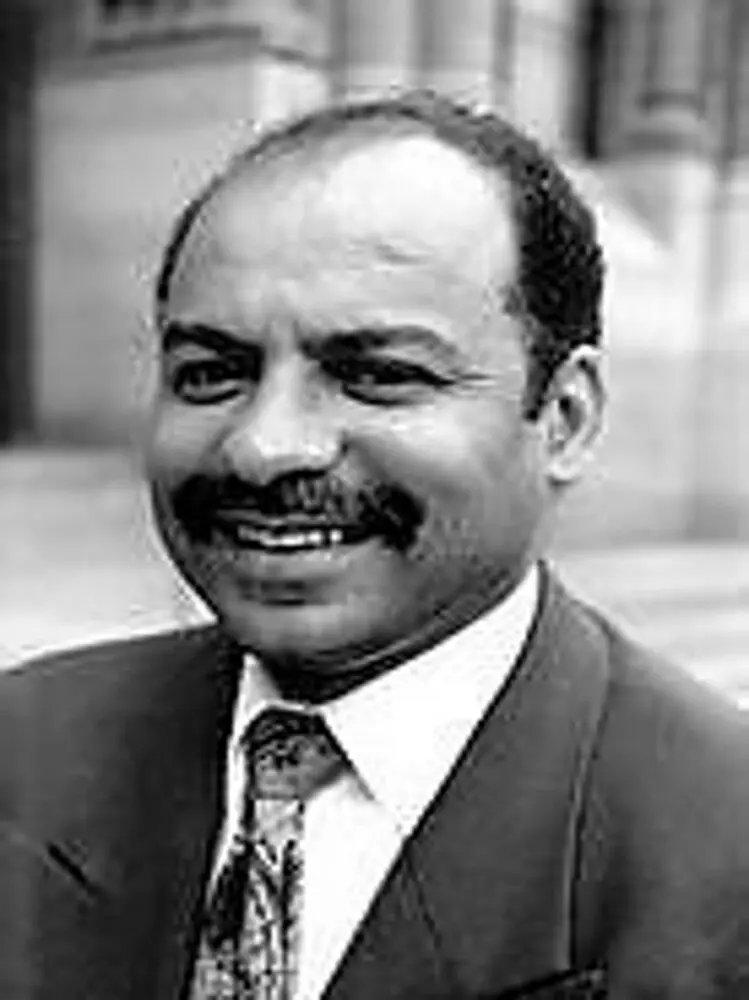
1994
J. Kenneth Blackwell, a former Cincinnati councilman and mayor, achieved another history milestone by becoming the first Black to hold one of Ohio’s state constitutional offices.
- Governor Bob Taft appointed him to the vacant state Treasurer’s office.
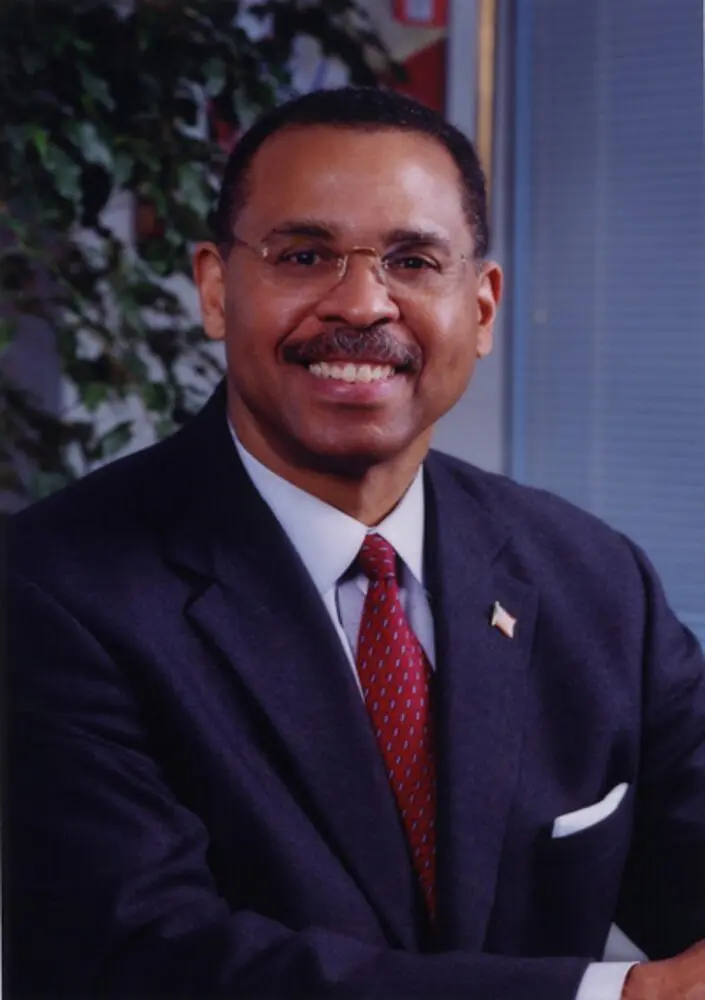
21st CENTURY
The election of Barack Obama in 2008 as the first African American president in history symbolized a historic moment of progress, yet challenges such as systemic racism, police brutality, and economic disparities persist, fueling activism and advocacy for change.
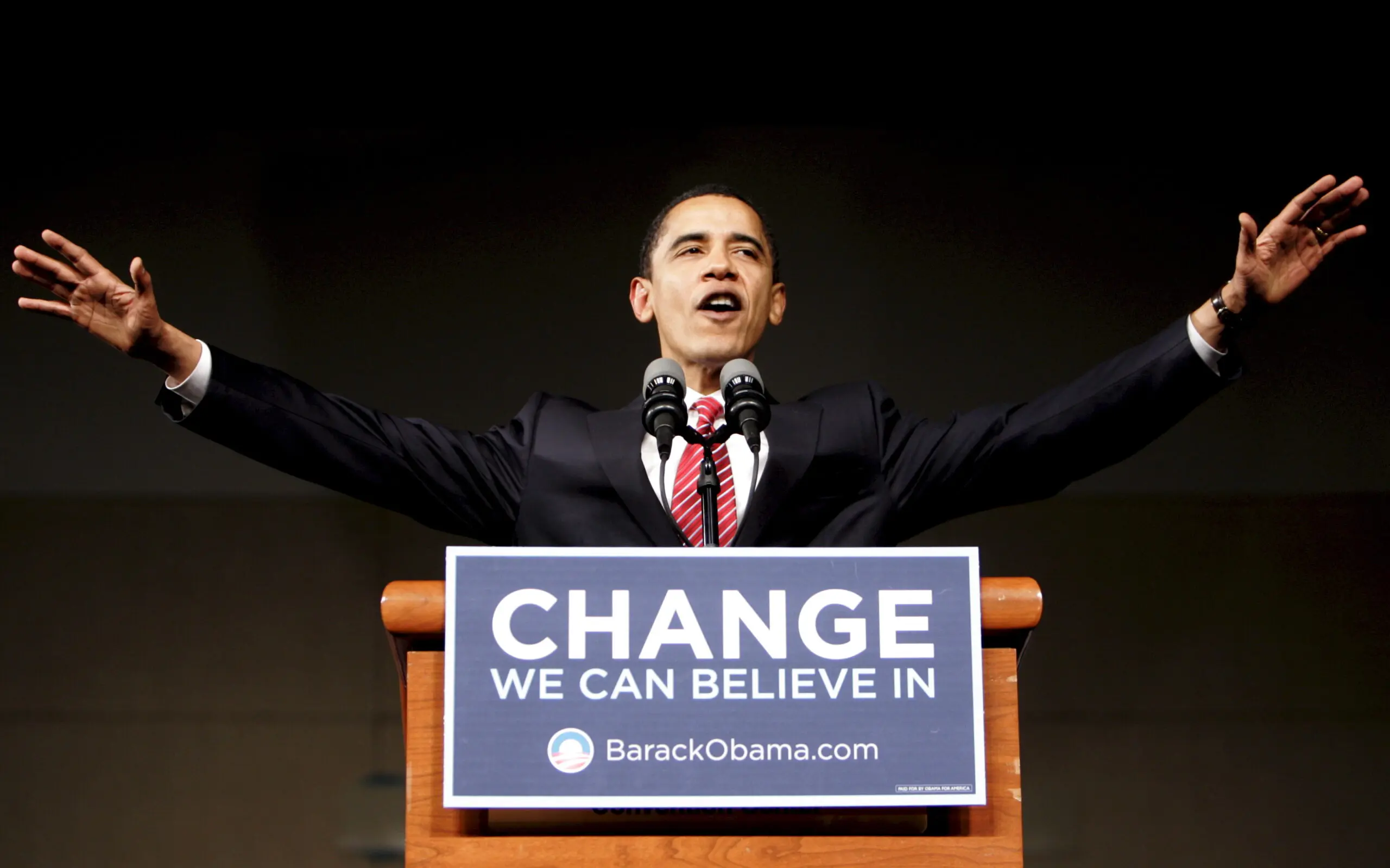
2002
The National Underground Railroad Freedom Center opened on the banks of the Ohio River downtown.
- Its purpose is to tell the history of the struggle for freedom in the United States through exhibits and programs focusing on America’s battle to rid itself of the ugly scourge of slavery and treat all its citizens with respect and dignity.
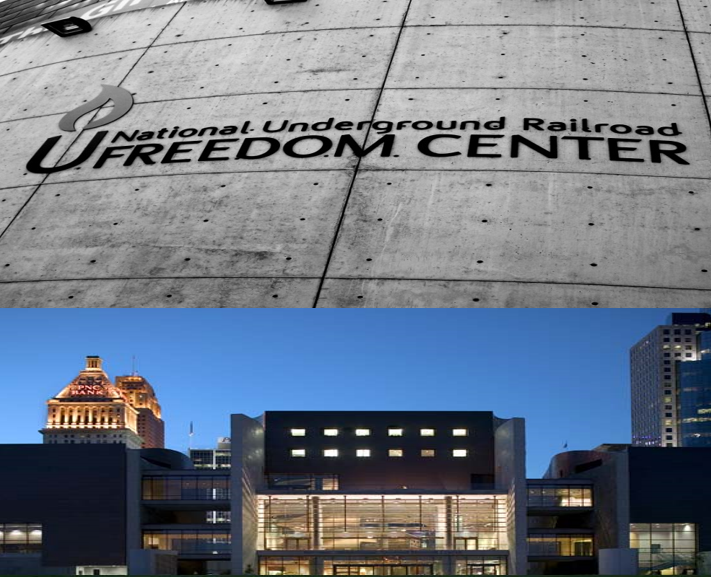
2005
State Senator Mark Mallory became the first African American elected mayor under the city’s 4-year-old direct mayoral election system.
- His father, William Mallory Sr., served in the Ohio House for 24 years.
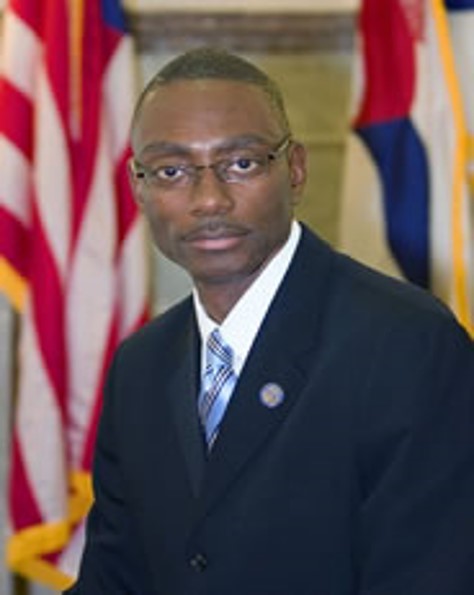
A Legacy That Lights the Way Forward
Cincinnati weaves a vibrant tapestry of Black history, not merely chronicling the past but actively shaping the present. The Black community’s resilience, creativity, and determination have left an undeniable mark on the Queen City. From the courageous acts of defiance during the fight for equality to the ongoing contributions to Cincinnati’s cultural landscape, Black history is a powerful source of inspiration.
This journey doesn’t end here. Dive deeper, explore untold stories, and celebrate the ongoing achievements of Cincinnati’s Black community.
Explore More
- Black History Archives – The Voice of Black Cincinnati
- Genealogy and Cincinnati Local History – Public Library
Recognizing Dr. Eric R. Jackson’s Contribution
Much of the information in this article was provided in a presentation by Dr. Eric R. Jackson.
Eric R. Jackson holds a doctorate from the University of Cincinnati. He is a professor of history and Black studies in the Department of History and Geography at Northern Kentucky University, where he teaches courses in American and African American history/studies, race relations, and peace studies.
He has over 50 publications, including articles in such journals as Africology: The Journal of Pan African Studies, Journal of African American History, and Journal of World Peace.
Written By: William Fisher
The Voice of Black Cincinnati is a media company designed to educate, recognize, and create opportunities for African Americans. Want to find local news, events, job postings, scholarships, and a database of local Black-owned businesses? Visit our homepage, explore other articles, subscribe to our newsletter, like our Facebook page, join our Facebook group, and text VOBC to 513-270-3880.
Additional photo credits: history of African Americans in Cincinnati images provided by Dr. Eric R. Jackson. and hero image generated with AI ∙ March 25, 2024 at 2:09 p.m.